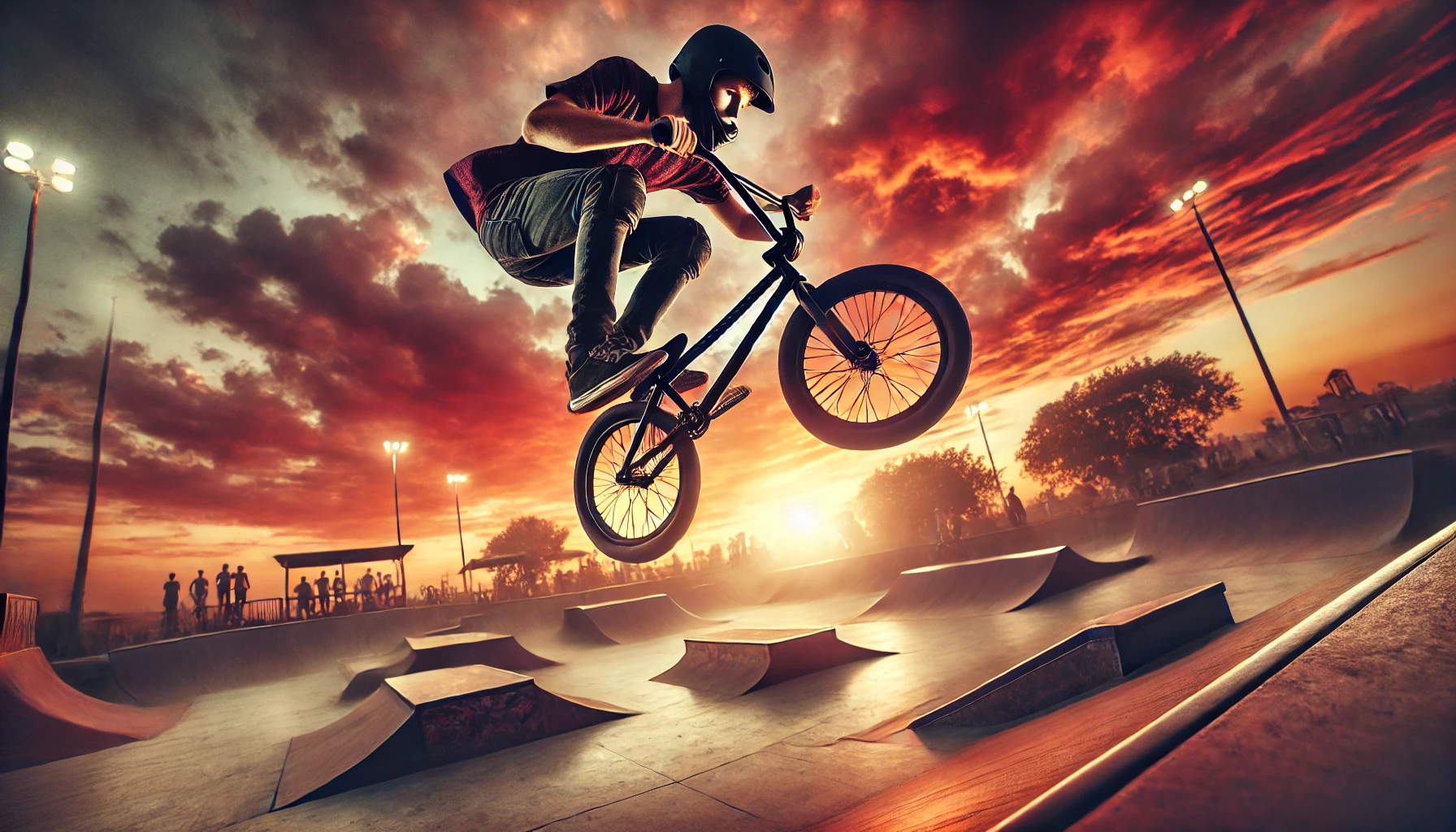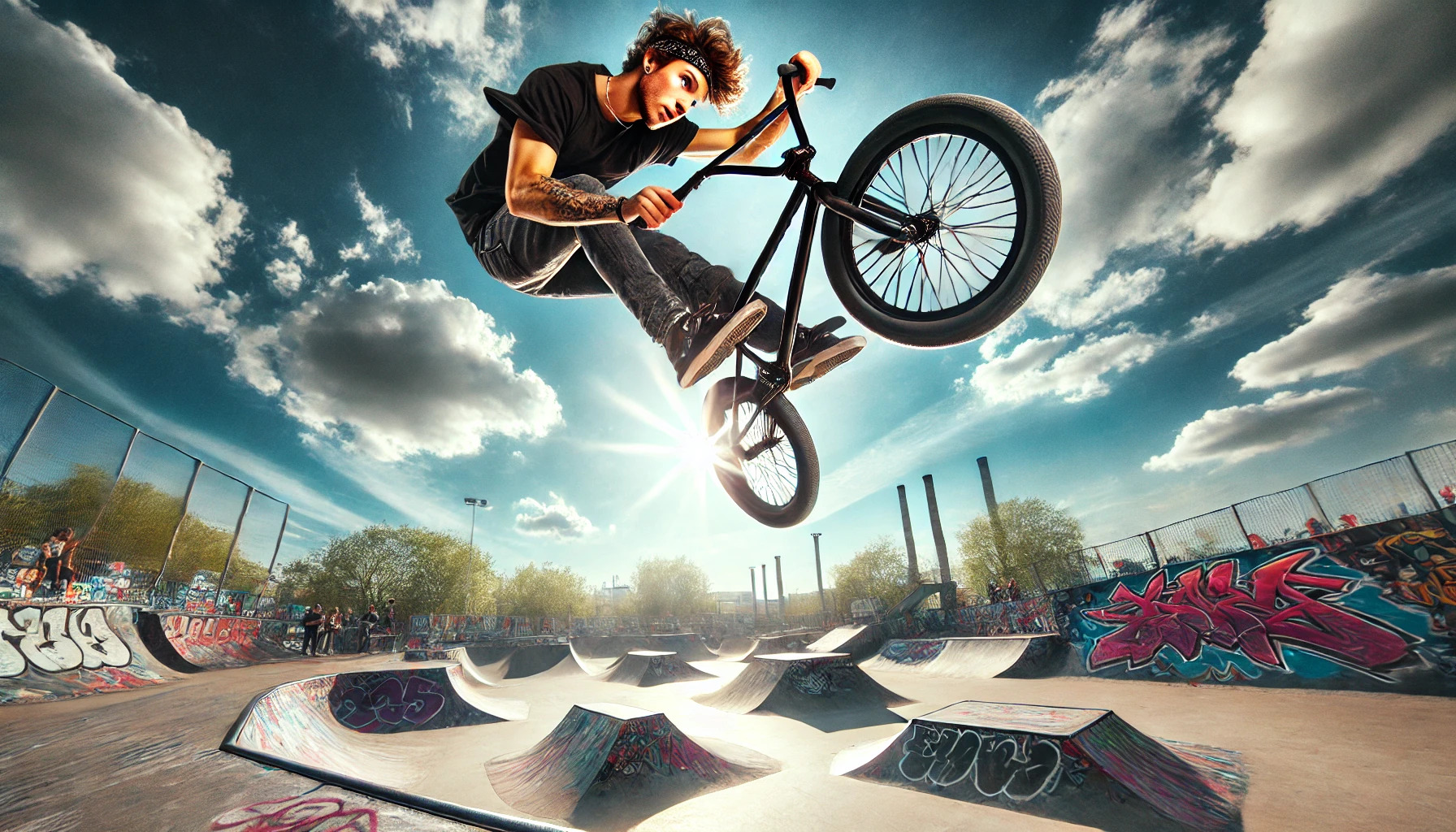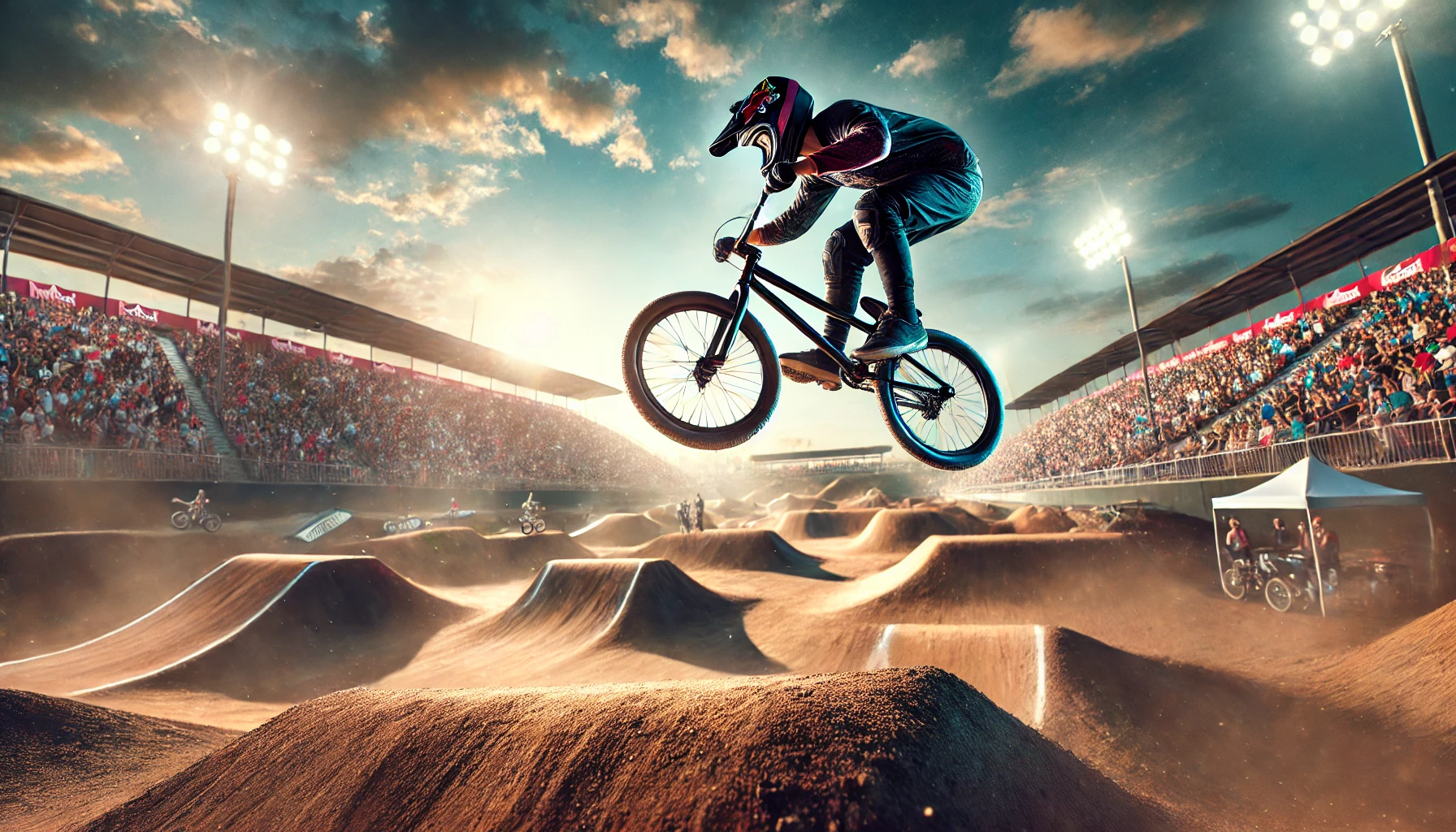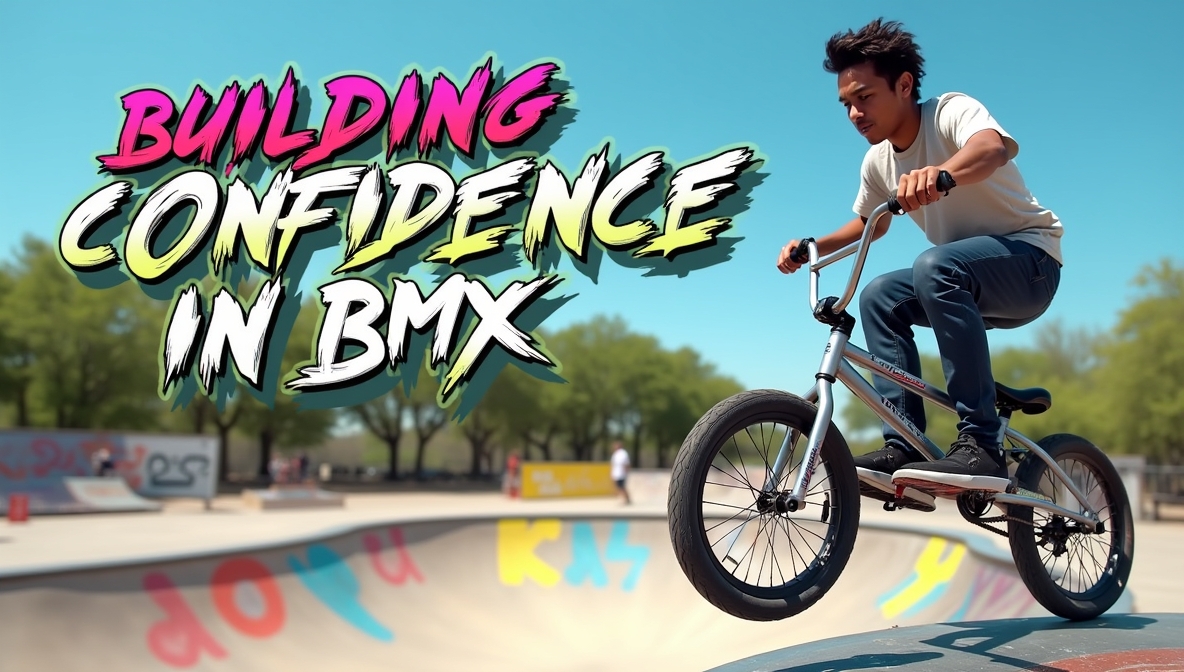Best Exercises to Improve BMX Skills

BMX riders have an edge most people don’t—balance, coordination, and a bit of daredevil energy. But raw guts alone won’t get you smooth landings, high jumps, or precise manuals. Skills need work, and work means training. Not the typical “ride more” advice, but actual exercises to make your body react faster, your muscles stronger, and your control razor-sharp.
Strength and Control: The Foundation of BMX Skills
Raw strength isn’t enough. BMX demands control, explosiveness, and endurance. These exercises build the muscles you need while training them to move the right way.
Core Training: The Hidden Power Source
Your core keeps you stable when you land, pop a manual, or twist mid-air. Without a strong core, everything wobbles.
- Hollow Body Holds – Lie on your back, arms and legs lifted slightly, and hold. It teaches your body to stay tight, just like in the air.
- Hanging Leg Raises – Great for that hip snap when bunny hopping.
- Russian Twists – Keep your balance sharp when throwing whips or bar spins.
Explosive Leg Strength: Power for Jumps and Sprints
Strong legs mean higher jumps and faster takeoffs. But BMX isn’t just about strength—it’s about explosion.
- Trap Bar Deadlifts – More knee-friendly than regular deadlifts and builds raw leg power.
- Box Jumps – The go-to for explosive power. Try jumping onto a high surface from a standstill.
- Bulgarian Split Squats – Stability, strength, and balance, all in one.
Arm and Grip Strength: Hold On Tight
Holding onto handlebars during big drops, spins, and grinds demands serious grip endurance.
- Farmer’s Carry – Hold heavy weights and walk. Simple, brutal, effective.
- Towel Pull-Ups – Mimics the pulling motion when yanking your bars up for tricks.
- Reverse Wrist Curls – Strengthens wrists to absorb landings and resist bar spin whips.
Balance and Coordination: The Secret to Clean Riding
BMX isn’t just about power—it’s about control. The best riders have an almost unnatural ability to stay balanced.
Balance Board Training
Riding a BMX means constant micro-adjustments. Balance boards force your body to stay engaged.
- Try riding in manual position to simulate balance corrections.
- Close your eyes while balancing—it forces your body to react without relying on sight.
Single-Leg Exercises
Most BMX movements are asymmetrical—one foot takes more load than the other. Training each leg individually builds stability.
- Single-Leg Deadlifts – Helps with balance and landing control.
- Pistol Squats – Tough but amazing for strength and flexibility.
Flexibility and Mobility: Preventing Injury and Moving Freely
Tight muscles ruin technique. If your hips and ankles don’t move well, manuals feel awkward, jumps lose power, and landings get sketchy.
Hip Mobility
- Couch Stretch – Opens up the hips for better jumping mechanics.
- 90/90 Stretch – Improves rotational movement for bar spins and whips.
Ankle Flexibility
- Deep Squat Holds – Teaches your ankles to move freely, which is key for absorbing landings.
- Heel Raises – Strengthens ankles to handle hard impacts.
Reaction Time and Quickness: Moving Faster Than You Think
BMX happens fast. A split-second reaction can mean landing a trick or hitting the pavement.
Reaction Drills
- Tennis Ball Drops – Have someone drop a ball randomly and try to grab it before it hits the ground.
- Agility Ladder – Quick foot movements improve bike control.
- Light Change Drills – Use a reaction light app and move instantly when it changes.
BMX-Specific Drills
- Slow-Motion Bunny Hops – Helps you perfect your form by eliminating momentum.
- One-Handed Manuals – Trains balance and grip strength in unpredictable situations.
Mental Conditioning: Training the Mind for BMX
Strength and skill mean nothing if hesitation creeps in. BMX riders need confidence, quick thinking, and the ability to stay cool under pressure.
Fear Control
- Controlled Risk Training – Start with low-risk versions of tricks before going big.
- Visualization – Picture the trick going right, not wrong.
- Breathing Techniques – A steady breath keeps your body loose and reaction time sharp.
Precision Training
- Mark Your Landings – Place an object where you want to land and aim for it every time.
- Ride Narrow Lines – Practice manuals or wheelies on painted lines to force perfect balance.
Unconventional Training: The Extra Edge
Sometimes, weird training methods work best. BMX isn’t a typical sport, so why train like one?
Skateboarding for BMX Riders
Skaters have insane balance, and their board control translates to better bike handling. Try skateboarding to improve foot placement awareness.
Rock Climbing for Grip Strength
Rock climbers have some of the strongest fingers around. Climbing helps with grip endurance, which is key for holding onto bars mid-trick.
Final Thoughts
BMX training isn’t just about riding more—it’s about training smarter. The best riders treat their body like a precision machine, building strength, balance, flexibility, and mental sharpness. It’s about pushing yourself beyond the usual advice and doing what actually makes a difference. Try these exercises, mix them into your routine, and see how your riding transforms.
Pro tip: To take your time-based training drills to the next level, consider using a stopwatch to track intervals and ensure you’re pushing yourself in each drill. Timing yourself helps you focus on improving speed, precision, and endurance during your workout.


